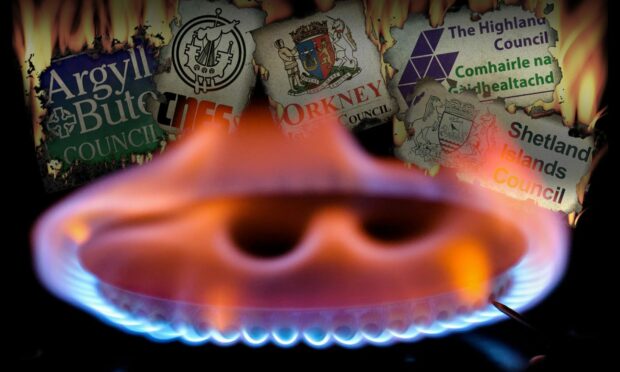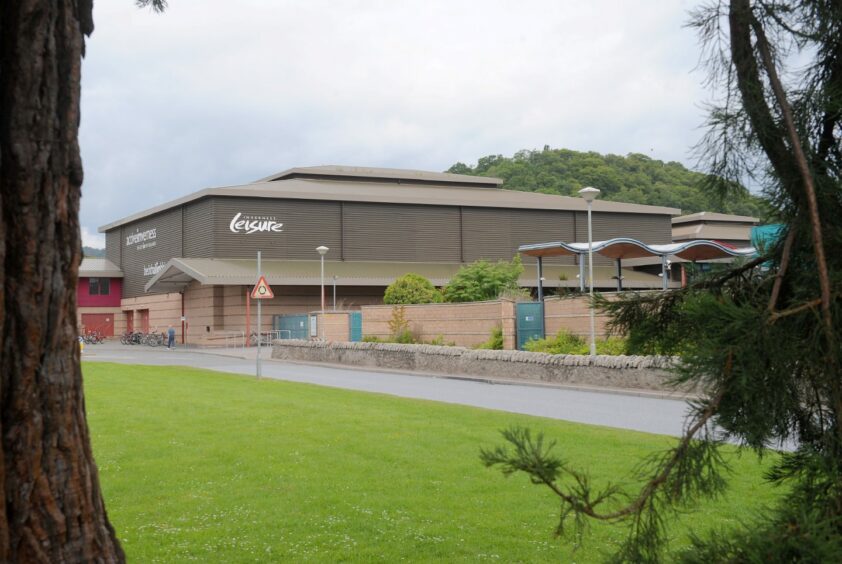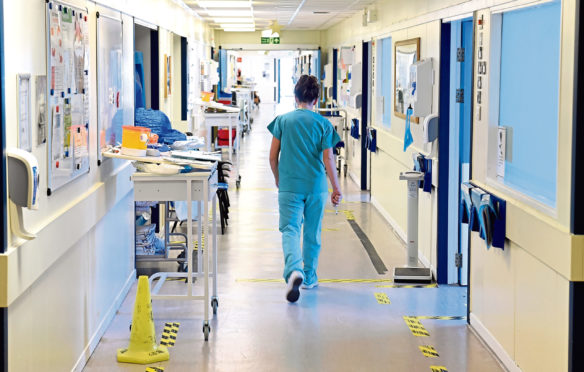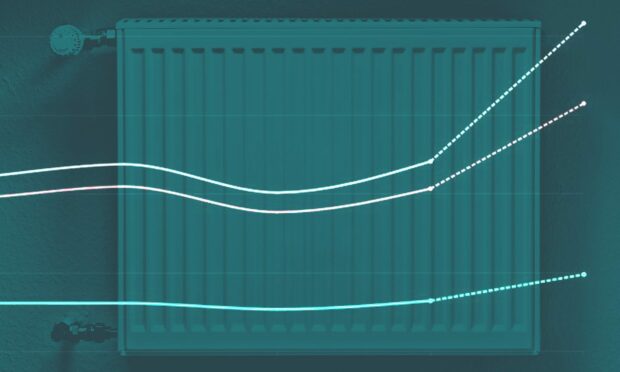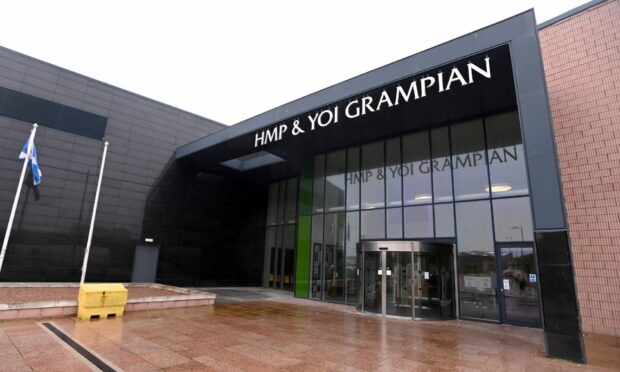Councils in the north of Scotland are expecting to be paying an average of 20% more for energy next year.
And with the price of gas and electricity not expected to fall dramatically any time soon, some local authorities are bracing for even steeper bills in the near future.
Five years ago, Shetland Islands Council was paying just over £2 million for its electricity.
For the 2023/24 financial year, it expects to spend more than £3.6m.
A similar rise is forecast by Highland Council, which spent around £9.3m on its total energy costs five years ago but expects to be paying £14m in 2023/24.
These figures include the cost of heating and electricity at facilities such as schools, libraries, offices and community centres, as well as for street lighting and waste disposal.
In total, the four north councils who provided us with a forecast for this year said they projected energy bills of £21.8 million, up from a total of £17.8 million last year.
Budget worries across area
The staggering increases illustrate the impact of the cost of living crisis on the region’s public bodies, revealed for the first time in figures obtained by The Press and Journal through freedom of information requests.
They show similar issues for the health service in the north and north-east, as well as the region’s prisons and courts.
All five of the local authorities in the north – Argyll and Bute, Highland, Western Isles, Orkney Islands and Shetland Islands – have had their energy bills increase in the past five years.
Only Western Isles Council did not provide us with a projected figure for 2022/23.
Sobering statistics
Detailed analysis provided to the Press and Journal by Highland Council lists some of the most significant energy users in its estate.
The figures show that Inverness Leisure Centre paid around £80,000 for gas and electricity in the first six months of 2021/22.
In the first six months of 2022/23, it paid more than £235,000 – almost triple the previous amount.
For the same two time periods, the energy bill for Highland Council headquarters on Glenurquhart Road in Inverness jumped from around £40,000 to around £85,000.
Earlier in the year, it was revealed that people living in remote areas of the Highlands need to budget 10-33% more for household costs than the Scottish average.
A council report detailing the situation across the north of Scotland also said the local authority faces “significant pressure on its finances, predominately driven by the current high-inflation environment”.
‘Significant increase on previous costs’
A spokesman for Highland Council said: “The primary cause of the forecast increased expenditure for 22/23 relates to an increase in energy supply prices.
“In terms of those prices, all non-domestic buildings in our estate are under the same Scottish Procurement contract as other councils.
“Our prices for electricity and gas are mostly fixed for the current financial year as we have already purchased all of our energy in advance.
“This did represent a significant increase on previous costs and so the Council made a budget provision for an additional £3.1 million when it set the budget in March 2022.
He added: “We would also note that account was made in the forecast for an increased occupation and usage of buildings following relaxation of Covid restrictions.”
More from this series
